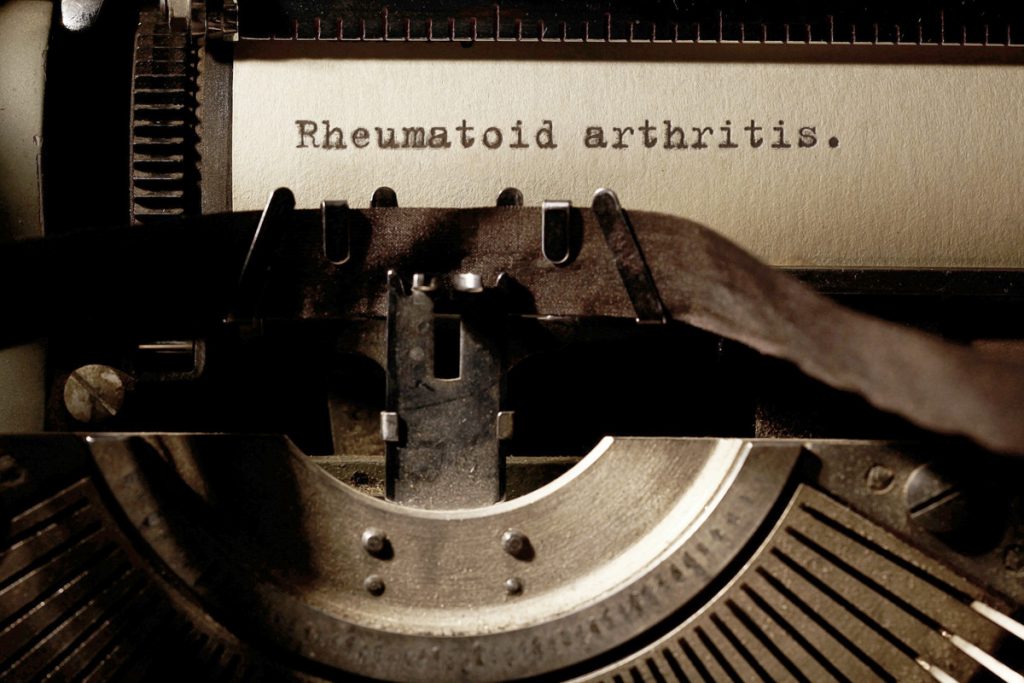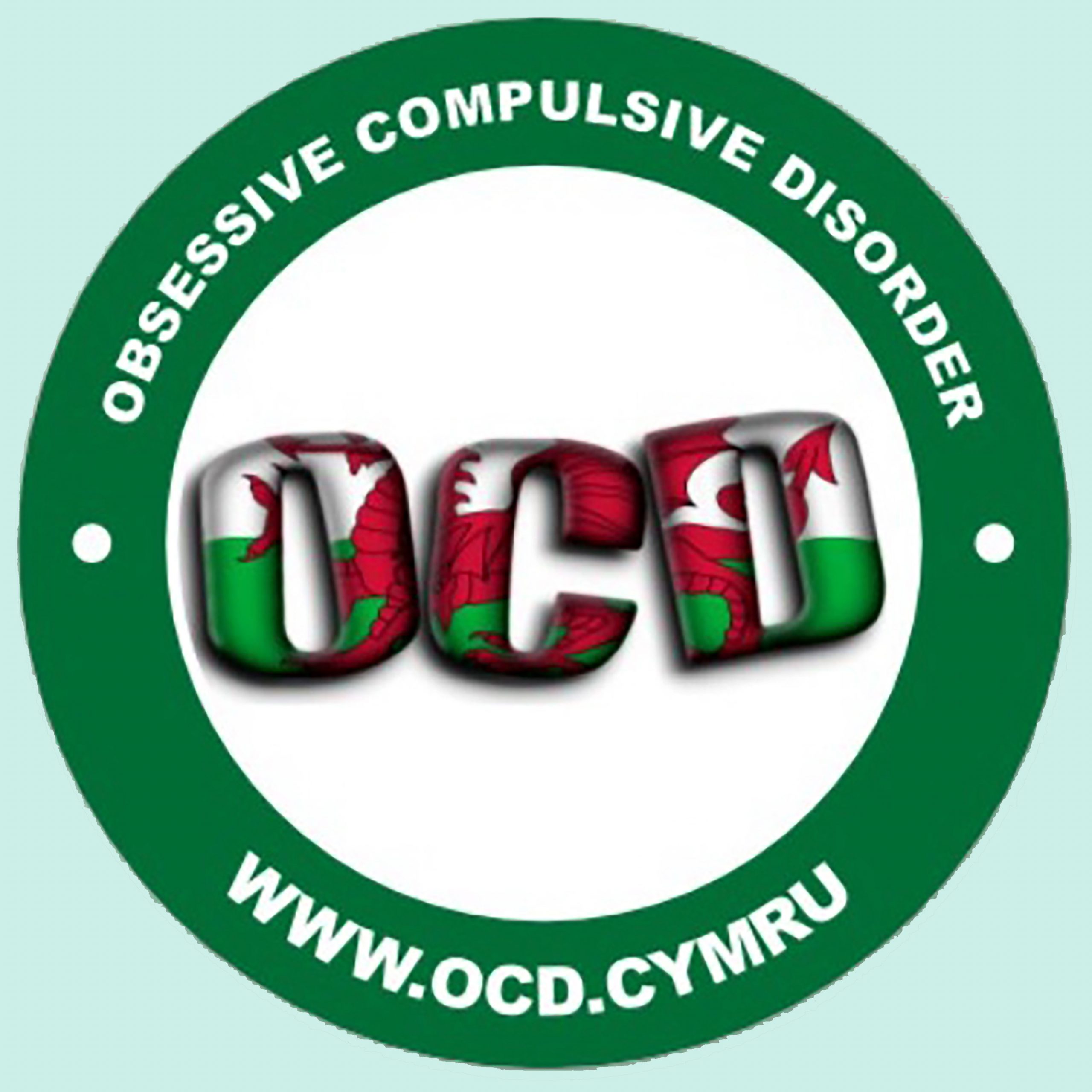
Understanding Rheumatoid Arthritis: Symptoms, Causes, and Age Demographics
Rheumatoid arthritis (RA) is a chronic inflammatory disorder that primarily affects joints, though it can also cause systemic inflammation impacting various body systems. Unlike osteoarthritis, which is related to wear and tear of the joints, RA is an autoimmune condition where the body’s immune system mistakenly attacks its own tissues, particularly the synovium—the lining of the membranes that surround the joints.
Symptoms of Rheumatoid Arthritis
RA symptoms can vary in severity and may come and go. The most common symptoms include:
- Joint Pain and Swelling: RA often begins in the small joints of the hands and feet, and can spread to wrists, knees, ankles, elbows, hips, and shoulders.
- Stiffness: Joint stiffness is usually worse in the mornings and after periods of inactivity.
- Fatigue: A general feeling of tiredness and lack of energy is common.
- Fever and Weight Loss: Low-grade fever and unintended weight loss can accompany more severe cases.
- Nodules: Firm lumps of tissue, known as rheumatoid nodules, may form under the skin around pressure points.
Causes and Risk Factors
The exact cause of RA is unknown, but several factors may contribute to its development:
- Genetic Factors: Family history can increase the likelihood of developing RA, suggesting a genetic predisposition.
- Environmental Factors: Certain environmental exposures, such as smoking and certain infections, have been linked to an increased risk.
- Hormonal Factors: RA is more common in women, suggesting that hormonal factors may play a role in its development.
Age Demographics of Rheumatoid Arthritis
RA can affect individuals of all ages, but it most commonly begins between the ages of 30 and 60. Here’s a closer look at the age demographics:
- Young Adults (20-30 years): While less common, RA can develop in young adults. Early onset RA in this age group may be aggressive and can severely impact quality of life if not managed effectively.
- Middle Age (30-60 years): This age group is the most commonly affected. Women are particularly at risk, with the onset often occurring in the childbearing years.
- Older Adults (60+ years): RA can develop later in life, known as elderly-onset RA. The symptoms and progression can differ from RA that begins at a younger age, often presenting with more pronounced systemic symptoms and a different pattern of joint involvement.
Management and Treatment
There is no cure for RA, but early diagnosis and effective management can help control symptoms and improve quality of life.
Treatment strategies typically include:
- Medications: These can range from nonsteroidal anti-inflammatory drugs (NSAIDs) and corticosteroids to disease-modifying antirheumatic drugs (DMARDs) and biologic agents that target specific pathways in the inflammatory process.
- Physical Therapy: Exercise and physical therapy can help maintain joint function and mobility.
- Lifestyle Modifications: A healthy diet, regular exercise, quitting smoking, and stress management can positively impact RA management.
- Surgery: In severe cases, surgical options such as joint replacement or repair may be considered.
How Rheumatoid Arthritis Affects Grip Strength: Causes and Management Strategies
Yes, losing grip strength is a common issue for individuals with rheumatoid arthritis (RA). This can occur due to several reasons related to the disease’s impact on the joints and surrounding tissues, particularly in the hands and wrists.
Here’s how RA can affect grip strength:
Joint Damage and Inflammation
RA primarily targets the synovium, the lining of the membranes that surround your joints. The inflammation can lead to:
- Swelling and Pain: Persistent swelling and pain in the joints can make it difficult to hold objects firmly.
- Joint Deformity: Over time, the chronic inflammation can cause joint damage and deformities, such as ulnar drift (where fingers shift towards the pinky side of the hand), which can significantly impair grip.
Muscle Weakness
Inflammation and pain can lead to reduced use of the affected joints, causing muscle atrophy (weakening and shrinking of muscles). This is particularly evident in the small muscles of the hands, which are crucial for grip strength.
Tendon Involvement
RA can also affect the tendons around the joints. Tendons are responsible for connecting muscles to bones and enabling movement. In RA:
- Tendonitis: Inflammation of tendons (tendonitis) can occur, leading to pain and weakness.
- Tendon Rupture: Severe cases of inflammation can result in tendon rupture, which severely impacts hand function and grip.
Nerve Compression
Inflammation and swelling from RA can compress nerves, such as the median nerve in the carpal tunnel. This can lead to carpal tunnel syndrome, which causes numbness, tingling, and weakness in the hands, further affecting grip strength.
Management and Adaptation
To manage and potentially improve grip strength, individuals with RA can consider the following strategies:
- Medications: Anti-inflammatory drugs and DMARDs can help reduce joint inflammation and pain, potentially improving hand function.
- Physical Therapy: Specialized exercises and physical therapy can help maintain and improve hand strength and flexibility.
- Occupational Therapy: Occupational therapists can provide assistive devices and techniques to make daily tasks easier and reduce strain on the hands.
- Ergonomic Adjustments: Using ergonomic tools and making adjustments to the work environment can help reduce stress on the hands and improve grip.
- Surgery: In severe cases, surgical intervention may be necessary to repair damaged tendons or joints.
Conclusion
Rheumatoid arthritis is a complex and multifaceted disease that can affect individuals at various stages of life. Understanding the symptoms, causes, and age demographics is crucial for early diagnosis and effective management. Advances in medical treatments have significantly improved outcomes for those living with RA, highlighting the importance of ongoing research and patient education in the battle against this chronic condition.
Losing grip strength is a common complication of rheumatoid arthritis due to the disease’s impact on joints, muscles, tendons, and nerves in the hands. Early intervention and a comprehensive treatment plan involving medications, physical therapy, and lifestyle adjustments can help manage symptoms and maintain hand function, improving the overall quality of life for those with RA.
The Editor Suffers From OCD, Cerebellar Atrophy & Rheumatoid Arthritis.
She is an Entrepreneur & Published Author, she writes content on a range of topics, including politics, current affairs, health and business.
She is an advocate for Mental Health, Human Rights & Disability Discrimination.
Whilst her disabilities can be challenging she has adapted her life around her health and documents her journey online.
Disabled Entrepreneur - Disability UK Online Journal Offers Digital Marketing, Content Writing, Website Creation, SEO, and Domain Brokering. Disabled Entrepreneur - Disability UK is an open platform that invites contributors and domain sellers serves as a dynamic marketplace where a diverse range of talents and offerings can converge.
This platform acts as a collaborative space where individuals or businesses can share their expertise, creativity, and products with a broader audience.






